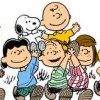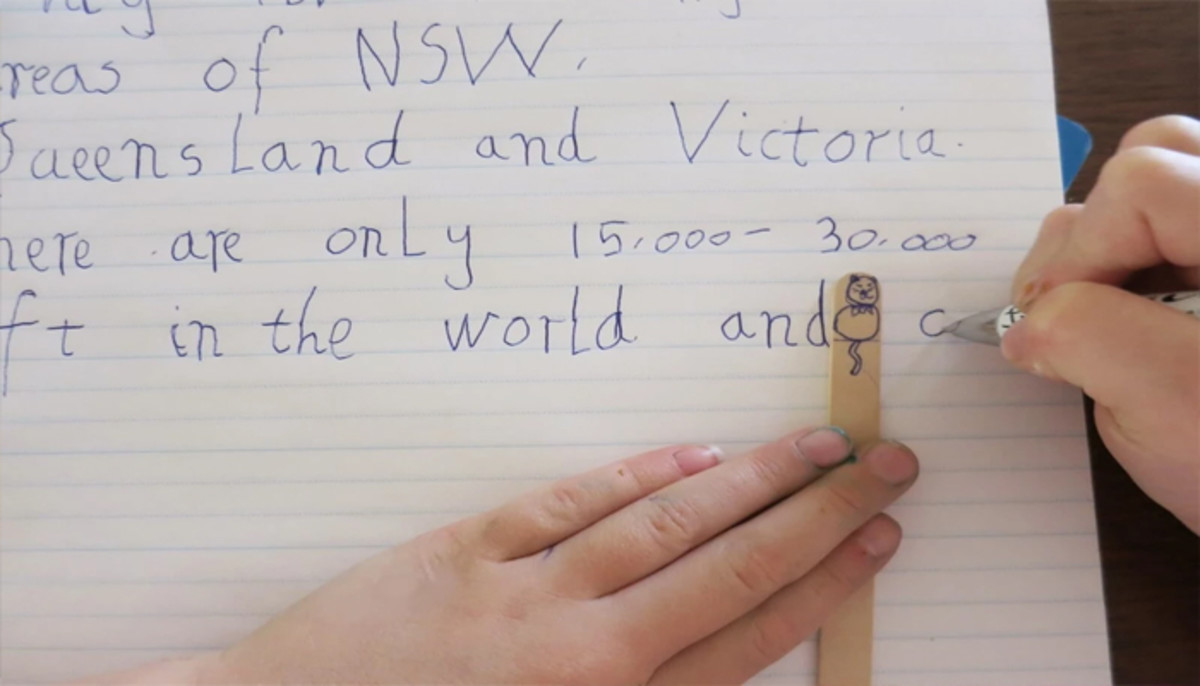Teaching Spelling to Children
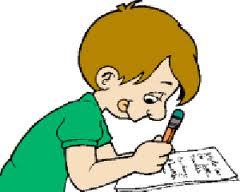
Teaching Strategic Spelling
Spelling is an essential part of literacy development and the approach that is taken, to teach children to be good spellers, is important.Good spelling skills are directly related to good reading and for children to be effective at both we must teach them to be strategic spellers. What does this mean? It means that children learn to recognize and spell words, relying on more than just the individual sounds of letters. To approach spelling in only this way neglects essential strategies, that are required for learning to spell successfully. This is often when students will stumble and become frustrated with the inaccuracy of their attempts at writing new words. The discouragement can be avoided, however, if children are shown to think about their options for learning a new word. One way is to help them recognize the visual and phonemic characteristics of words. Another way is to provide them with lots practical experience using dictionaries and other resources.
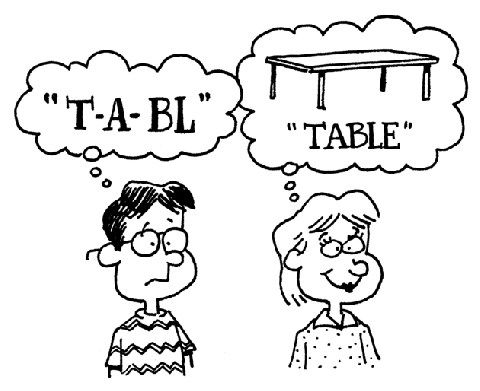
Visual Approach for Learning New Words
To study words effectively it is important to determine the strategies that are needed to best learn them. Looking at words visually applies when they do not follow logical phonemic patterns. Many spelling patterns, or word chunks i.e. eight or through as well as sounds such as ph and ow, demonstrate the necessity to approach some words visually. Furthermore, it enforces the importance of teaching letter patterns in words i.e. igh or tion. Once a letter pattern is introduced it is helpful to reinforce it visually across many different texts and print examples.
Phonemic Approach for Learning New Words
Some words, on the other hand, are better introduced phonemically. This applies when words have clear sounds. For instance, words like bat, dog, grasp, etc. all have sounds that are easily identified. When teaching young children it is valuable to practice spelling words with sounds that are easy hear in order to aid the development of phonemic awareness skills.
The following chart represents skills and strategies for teaching words and letters, using both a phonemic and visual approach.
Spelling Skills and Strategies
Phonemic Approach
| Visual Approach
| |
|---|---|---|
Letters
| Practice hearing the sounds in words to build phonemic awareness.
| Notice and describe how letters look i.e. tall, round, hanging, etc.
|
Letters
| Learn to identify letter/sound relationships.
| Play letter games to build quick and fluent letter recognition.
|
Words
| Develop ability to hear letter patterns and chunks in words.
| Develop fluent recognition of letter patterns across texts.
|
Words
| Say words slowly to blend and segment sounds in words.
| Look at a new word, cover it, spell it, then check it.
|
Use the following chart to compare the visual approach and the phonemic approach for the teaching letters and words in spelling.
It stands to reason that most words are not going to fall into a neat category of having either visual or phonemic characteristics. Often, it will be necessary to look at a word through both lenses, to effectively learn and remember it. For instance, a high frequency word that has clear sounds i.e.c/a/n may be one to teach both visually and phonemically. It has easy sounds to identify and it is a high-frequency word, that is useful to remember. For older children, a word like expectation would be one to investigate through both lenses. Much of the word can be sounded out but the letter pattern tion is one that needs to be learned visually. Once a new letter pattern is introduced it is valuable to reinforce it in many different contexts, to build fluent recognition.
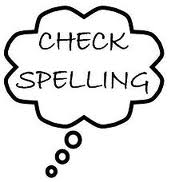
Practical Spelling Strategies
The two best ways to practice spelling is to read and write daily. By incorporating spelling stategies into everyday literacy practices, children consistently improve their ability to learn new words.The following are some practical suggestions for teaching children spelling.
- Take the time to access a dictionary on a regular basis to improve word study skills.
- Use a thesaurus to help children build vocabulary.
- Decide on the visual and phonemic characteristics of the word to be learned.
- Encourage students to notice spelling patterns in words.
- Reinforce spelling patterns by having children highlight them in their reading and writing.
- Develop a list of high-frequency words to learn and remember. Make flash cards to practice them.
- Take time to help children proofread their writing and edit their work. Focus only on a couple teaching points and use lots of praise. Avoid red pen horror!
- Make a personal dictionary of new words and note the spelling strategies used to learn them.
- Assist children with blending and segmenting sounds in words. Ensure they say the word clearly in order to hear sounds accurately.
- Play spelling games and make learning words fun!
In Summary
All children can become better spellers with instruction in strategies that empower them with options for solving words. Teaching children to look beyond individual letter sounds to also consider visual strategies is important, as are dictionaries and other resources that contribute to their knowledge of words. Helping children learn a variety of effective word study strategies is the key to helping them develop into successful spellers.
Play Spin and Spell
Free Website Spelling Game
This fun and interactive game encourages children to practice spelling words. The activity should be played together with an adult in order to assist with the learning of new words. To play the game children click on a category, which takes them to a screen of objects that would be found in that category. When an object is clicked, children hear the name of it and attempt to spell it on the Spin and Spell wheel. This game is a good opportunity to practice spelling with children and also provides opportunity to talk to them about the visual and phonemic characteristics of different words.
Articles to Support Literacy
- Teach Reading to Kids with Everyday Texts
Discover how to maximize reading opportunities for children by taking advantage of texts encountered everyday in the world. - Website Articles: A Great Reading Resource for Kids
Discover endless reading resources available on the web for children. Learn about the power of quality texts for developing reading motivation and explore practical tips for maximizing reading sessions with your child. - Digital Photo Books that Teach Literacy to Children
There are many learning opportunities that can happen with the use of digital photography. Discover the power of photos to teach children early literacy skills that help develop reading and writing. - Teaching Letter Sounds and More!
The big task for beginning readers is to crack the code of print!There are many items of knowledge children must understand in order to read. Learn the critical skills necessary for building a strong reading readiness in children.
